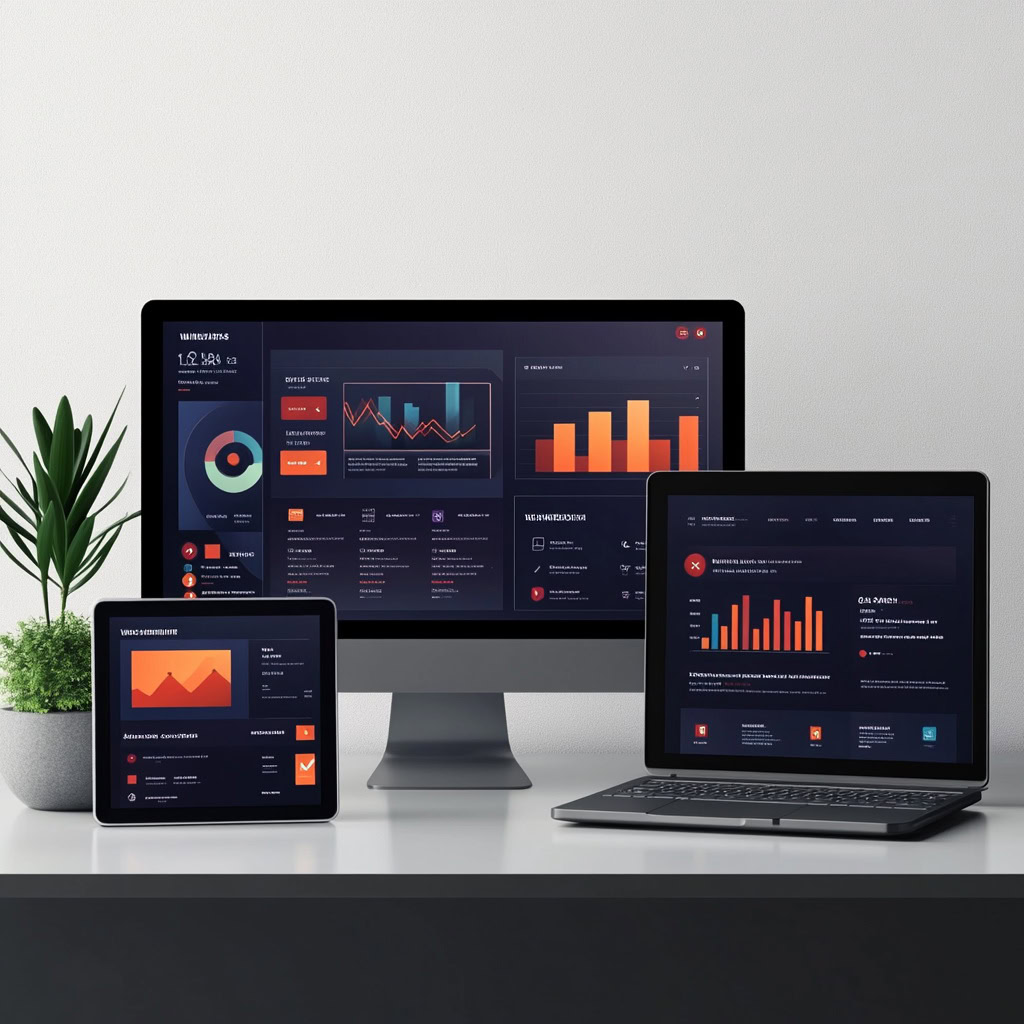The advent of the internet and brand-based communities are revolutionizing consumer-brand interactions. The brand can converse with its audience. Hence a critical question emerges: how do you ensure effective brand communication, both internally and externally?
Effective brand communication (internal)
First things first; communicate the brand internally.
Your employees are the experts who can the brand come to life for your target consumers. Effective brand communication (internally) helps establish a powerful connection between your employees and the services or products you sell.
Without this connection, your employees are likely to undermine the expectations set by your advertising plan. Here are important steps to communicating your brand internally.
Identify the relevant internal channels

The process of delivering a brand promise boils down to your employees. These people must believe in the brand and live it anytime they establish contact with the customers. Here are tips to get your employees on board.
Train them on what your brand stands for and how their responsibilities fit in
Basically, you need special training for different employee categories. Think of an airline and how its management would train its employees about their brand. The training for pilots would be different from that of baggage handlers or flight attendants.
Each employee makes a unique contact with consumers. So, their training should match that. They need to know the right way to feel, think, and act when handling the customers. What specific actions best deliver your brand promise? The point is, you should help your employees make a perfect bridge from your brand promise to their own actions. This will help them to live your brand.
Hire the right people
Your employees’ profiles must match what your brand stands for. Indeed, you must ensure that the brand stays closely tied to your company culture. Some companies appoint a team of brand ambassadors and brand champions. These are the most influential company employees expected to represent what the brand stands for.
The best way to communicate your brand internally is to effectively deliver on the promise externally. Once your employees see that the company lives up to its promises, they are more likely to resolve to stay committed to your brand.
Create your brand book

Just as the name implies, the brand book is the complete story of your brand and all the elements linked to it. It establishes specific guidelines on all aspects of how your brand is managed. This impacts everything from how your company logo should be used, the general appearance of your website, the use of social media in marketing, product design, and more.
A brand book should cover a general overview of your brand values, drivers, core promise, color palette, persona, font styles, and more. Other issues that a brand book should cover include;
- Logo specifications and how it should be used
- Font styles
- Image guidelines
- Typography
- Writing style
- Signage specifications
- Brochure guidelines
- Design guidelines for both online printed projects
- Business card design
- Letterhead design
Providing detailed information for your brand ensures the effective management of your brand. As an integral part of your brand communication, you should get your entire team trained. This will help your employees understand the brand’s essence. Effective brand communication inspires employees to believe in the brand.
Link your brand to service or product design
To succeed in branding, you must build the right services and products that can deliver exactly what your brand promises. So, analyze your current products and identify any gap between your product’s performance and what the brand promises.
List down all key features of your services and products. For each feature, write down benefits delivered. Keep in mind that these benefits come in different forms – economic, emotional, and functional benefits.
Out of this list, identify your brand drivers. Now, connect each benefit with a brand driver.
Ask yourself, “does the benefits link or support a brand driver?”
If you realize that some of your product’s benefits don’t connect or support any of your brand drivers, you have a problem. The product might be over featured with somewhat unrelated benefits. This might confuse your target customers.
To address this problem, revisit your product development process and roll out a product that closes this gap.
Effective brand communication (external)
Consumers hold the real power to turn your services or products into a hot-selling brand. The secret is effective communication. If the overall brand communication is reliable and hits the right audience at the right time, you are a winner.
An effective external communication strategy will keep your brand’s conversations going among your customers, business partners, and other relevant external parties. External brand communication impacts how a newcomer to your brand will be introduced to your products.
If it is their first time to interact with your brand, what will they take away from this initial ‘conversation’? What will they remember?
Most companies assume that they are found, and consumers will just buy from them. Don’t make that mistake. The decision to purchase depends on where exactly your clients are in their buying journey. Besides, your external communications strategy plays a key role. Here are the key aspects of this brand communication strategy.
Identify the right external channels
You need a reliable communication channel to make a promise to your target consumers. The key is to choose the specific commutation channels that are consistent with the essence of your brand. A simple framework for this process is to answer five important questions. These include;
- Who?
- What?
- Why?
- Where?
- How?
Why do you want to communicate your brand? Do you want to tell your target audience your overall strategic brand positioning, or are you building awareness around a new benefit or feature of your product?
Who is your target audience? Identify the specific consumers to reach based on your audience segmentation approach.
What do you intend to communicate? For that, refer to your list of brand drivers. Choose the specific driver best suited for what you are announcing to your target audience. Using your brand drivers this way reinforces the brand promise and creates brand equity.
Where you communicate (your brand message) depends on which step of client experience is most relevant to your brand drivers. For example, you may want to reach your preferred audience in the places of work, homes, online, or during their leisure time.
The entire client experience gives you many options. This correlates to the different communication options you have. The specific channel you choose depends on your specific target audience, the number of consumers you intend to reach, the specific message you are sending, and how frequently your audience needs to hear your message.
Whichever communication channel you choose, refer to your brand book to ensure all the design elements are aligned with the tone of your brand communication.
Express your brand in social and digital channels
Social media is a powerful and persuasive way to communicate your brand’s value proposition and grow your brand. To effectively use social media and other digital channels, pay attention to the following;
- Ensure all your brand’s platforms have a common feel and look. They must adhere to the specific standards set in your brand book.
- Make sure all sites use a similar brand voice.
- The style and tone of writing must be consistent with your brand’s personality.
- Define who can and cannot post content on your social media timeline.
- Specify the role of each social media channel.
Social media and other digital channels exist to support your brand’s promise. However, they might serve different roles individually. Remember, each social media channel is a touchpoint in the client experience. Just as you do with other relevant touchpoints, you can link your brand’s social media profiles to a specific brand driver.
Analyze your digital channels, ensure they’re aligned with your brand book, play a particular role linked to your brand driver, and are properly managed. Social media and other digital channels are the foundation of a lasting brand-customer relationship.
Express your brand through packaging
Your product packaging is such an important touchpoint as it the very first physical encounter your target customers will have with your brand. Also, it might be the last physical encounter before a consumer purchases your product. And that makes product packaging so important, and you shouldn’t take chances.
Decide the key brand promotional messages to be displayed in your product packaging. Your choice will depend on the specific economic, functional, and emotional benefits to be conveyed in the packaging. Remember, you can use effective product packaging to reinforce your brand promise and positioning.
Great product packaging is more than just a sleek protective cover for your products. A well-thought-out packaging design provides a unique opportunity in both consumer and B2B markets to influence consumers and their brand perceptions.
Create a branded environment
One of the most effective and unique ways to communicate your brand externally is to establish a branded environment. This can deliver a meaningful brand experience and place the brand’s core values, personality, and message in a brighter light.
You can create a brand environment virtually anywhere. For instance, your company’s lobby is a perfect place to have your brand greet your guests. Besides, nearly every retail store environment should carry the overall feel and look of your brand.
All physical spaces are perfect candidates when it comes to creating branded spaces. Whether it’s your company’s property, conventions, trade shows, sporting events, or concerts, use every opportunity you get to brand your space.
Summary
Creating a brand communication strategy isn’t challenging if you already know the specific elements you need. Begin by setting up an internal communication plan and then design an external brand communication plan.





